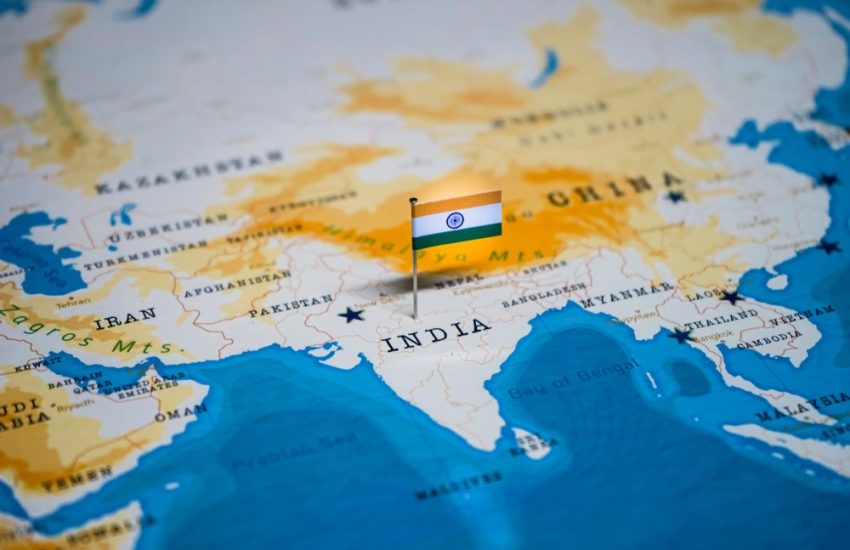India, a land of aromatic spices and diverse flavors, has left an indelible mark on global cuisine through centuries of trade and cultural exchanges. The enchanting allure of Indian spices has traversed the ancient Spice Trail, reaching far-flung corners of the world and transforming the culinary landscape forever. In this article, we embark on a flavorful journey to explore India’s profound influence on global cuisine, tracing the spice routes that connected distant civilizations and celebrating the rich tapestry of flavors that continue to tantalize taste buds worldwide.
The Origins of the Spice Trail
The Spice Trail, also known as the Maritime Silk Road, was an ancient network of trade routes that connected the Indian subcontinent with Europe, the Middle East, Africa, and Southeast Asia. From as early as 2000 BCE, Indian spices such as black pepper, cardamom, cinnamon, and ginger began to find their way into foreign lands through merchants, adventurers, and explorers. The allure of these exotic spices not only tantalized taste buds but also sparked fierce competition among empires and kingdoms for control over the lucrative spice trade.
India’s Spice Odyssey: Aromatic Treasures
Indian cuisine is renowned for its extensive use of spices, and each region boasts its unique spice blends and cooking techniques. Turmeric from Tamil Nadu, saffron from Kashmir, cumin from Gujarat, and cloves from Kerala are just a few examples of India’s treasure trove of spices that have left an indelible impact on global palates. The combination of these aromatic treasures imparts depth, complexity, and vibrancy to Indian dishes, making them cherished delights worldwide.
The Influence on Southeast Asian Cuisine
The Spice Trail acted as a culinary bridge between India and Southeast Asia, fostering a delightful fusion of flavors that continues to influence the region’s cuisine to this day. Indian spices, such as cardamom and coriander, found their way into Thai curries, Malaysian rendang, and Indonesian sambal, infusing these dishes with a rich tapestry of tastes that reflect the cross-cultural exchange between the two regions.
INDIAN VISA FOR PHILIPPINES CITIZENS
The Global Spread of Indian Curry
The word “curry” has become synonymous with Indian cuisine worldwide, even though it is a generic term used to describe a variety of spiced dishes. The British colonial influence popularized the term, and today, curry houses can be found in almost every major city across the globe. Indian curries, ranging from creamy and mild to fiery and bold, have adapted and assimilated into local palates, creating a diverse range of dishes that cater to different tastes. Indian curry, a term that originally referred to a sauce or gravy seasoned with spices, has become an internationally recognized dish that varies in flavor and style across different countries. The British East India Company’s officers played a significant role in popularizing Indian curry in Britain during the 18th century. Today, you can find curry houses and Indian-inspired dishes in almost every major city worldwide, each offering a unique blend of flavors that pays homage to India’s culinary legacy.
Spice Trade and the Birth of Modern Global Cuisine
The Spice Trail not only shaped traditional cuisines but also played a pivotal role in the birth of modern global cuisine. The spice trade spurred explorations and voyages, leading to cultural exchanges and the merging of culinary traditions. Indian spices found their way into European kitchens during the Age of Exploration, leading to the development of dishes. Such as garam masala-spiced sausages and chai-spiced desserts.
Modern Culinary Applications: Beyond Traditional Borders
In the modern culinary landscape, Indian spices have transcended cultural boundaries, becoming essential ingredients in a wide array of dishes. From fusion cuisine that blends Indian spices with Western ingredients to innovative twists on traditional Indian recipes, the global culinary scene continues to evolve, celebrating India’s rich contribution to gastronomy.
Conclusion
The Spice Trail represents much more than the mere exchange of spices; it symbolizes a cultural odyssey that has enriched global cuisine with the aromatic treasures of India. The allure of Indian spices has transcended time and borders, leaving an indelible mark on the culinary identity of nations near and far. From the bustling bazaars of ancient India to the kitchens of contemporary food enthusiasts, the Spice Trail remains a captivating journey of flavors that continues to tantalize taste buds and celebrates the enduring legacy of India’s influence on global cuisine. So, whether you savor a richly spiced curry or indulge in a delicately seasoned dessert, each dish embodies the vibrant tapestry of flavors that originated from India’s spice-laden heart.
Also read: From East to West: Turkey’s Unique Position in Global Business Ventures

